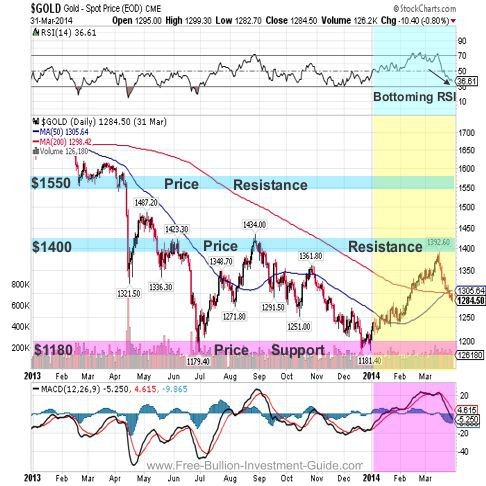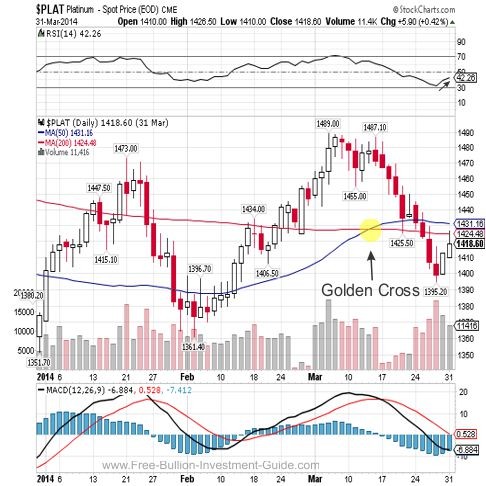The Glitter of PreciousMetals ETFsKiplinger
Post on: 16 Март, 2015 No Comment

These five exchange-traded funds give investors a stake in gold, silver, platinum and palladium.
By Laura Cohn, February 4, 2010
For decades, gold bugs have argued the bullish case for their favorite metal. In recent years, they’ve actually been right. The price of gold has climbed steadily for the past nine years, from $277 an ounce in 2001 to a record high (not adjusted for inflation) of $1,213 in December 2009 as investors piled into the yellow metal because of its reputation as a safe haven and as a hedge against a falling dollar. Gold closed at $1,115 on February 2.
The rising price and the rise of exchange-traded funds have attracted investors in droves. Thanks to ETFs, investors can buy gold without having to open their own Fort Knox. Last year, investors around the world bought 51.2 million ounces of gold, and 35% of that amount came through ETFs. In the case of silver, the figure is even more astounding. Investors snatched up 172 million ounces of silver last year, and 87% of it was via ETFs. Silver closed February 2 at $17 an ounce, well below the record of $50, set in 1980, but far above the $5 level of recent years.
The price gains don’t mean it’s too late to bet on precious metals, but you may want to expand your horizons to commodities that are less well known. In particular, the arrival of two new ETFs makes it easier than ever to invest in platinum and palladium, two precious metals with a wider array of industrial uses than gold and silver. The creative names of these new vehicles are ETFS Physical Platinum Shares (symbol PPLT ) and ETFS Physical Palladium Shares (PALL ).
To invest in platinum and palladium, you need to have faith in the strength and durability of the economic recovery. Both metals are used in the catalytic converters found in cars, so strong auto sales would be bullish. The pace of car sales in the U.S. is still well below the record set in 2000, but autos are zooming out of lots in China, which recently supplanted the U.S. as the world’s biggest car-buying nation.
Advertisement
A plus for platinum is a supply shortage stemming from power cuts in South Africa, the world’s largest producer of the metal. Jeffrey Christian, managing director of the CPM Group, a commodities-research firm in New York City, says the price of platinum, now $1,580 an ounce, could go to as high as $1,800, and that of palladium could hit $525, from $442 currently.
Investing in raw materials doesn’t come without risk — and, in fact, prices of platinum and palladium are actually more volatile than those of gold. Precious metals should represent only a small slice of your portfolio — 5% at most and probably less for most people.

Despite steady gains in the price of gold, the yellow metal still has many supporters. Juan Carlos Artigas, investment research manager at the World Gold Council, a gold-mining trade group headquartered in London, argues that a dearth of new gold discoveries, buying by central banks, and demand from China and India suggest that the metal has more room to run.
The current metals mania differs from the one seen in the early 1980s, says Christian. “The move into precious metals this time is more permanent because the economic imbalances are worse than they were back then,” he says. Christian sees gold going to $1,400 an ounce early this year, before sinking back to about $1,100 as investors gain confidence in the sustainability of the economic recovery. The price of silver, which is used in flat-screen TVs and solar panels, could end the year as high as $21 an ounce, he says.
The best way to get a piece of gold is through the popular and liquid SPDR Gold Shares (GLD ). The ETF sports an expense ratio of 0.40%. (If you’d rather track gold stocks, you can buy another ETF, Van Eck Market Vectors Gold Miners ETF (GDX ), which tracks an index of gold-mining stocks.) For access to silver, buy the iShares Silver Trust (SLV ), which charges 0.50% per year. Both GLD and SLV provide a stake in the metals, which are housed in vaults located in London. That way you don’t need to buy bars and worry about where to store them safely.
One idea is to buy a bit of all four metals. “What gets people into trouble is making a bet that’s too concentrated,” says Jack Reutemann, founder of Research Financial Strategies.
Or spread your risk by buying an ETF that includes gold and silver as well as other materials, such as oil, corn and soybeans. For broad exposure, we like the PowerShares DB Commodity Index Tracking Fund (DBC ). The ETF, based on the Deutsche Bank Liquid Commodity Index, tracks the futures prices of 14 raw materials. Its expense ratio is 0.85%.














